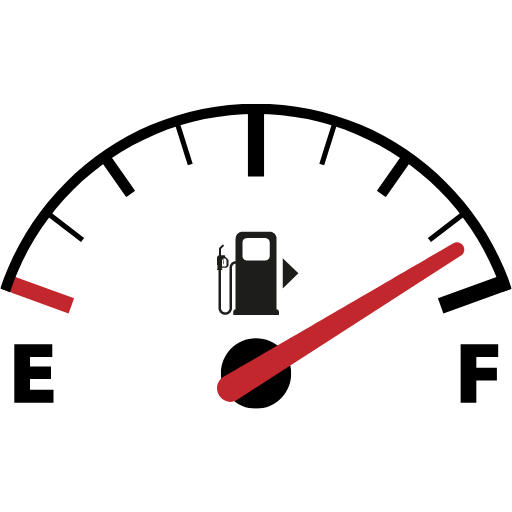About Heart Rate Zone Calculator
What do heart rate zones mean?
Heart rate zones are based on percentages of your maximal heart rate. They help you track your workout intensity. There are five zones, each with a different training intensity.
An effective workout plan includes varied exercises. This variety helps your body recover. It ensures you're working out at different intensities.
Each of us has a unique maximum heart rate. Heart rate zones are between this and your resting heart rate. You can calculate your zones in several ways.
We'll focus on using percentages of your maximal heart rate. Knowing your zones for running or weight loss is very helpful. Let's look at what each zone is.
What are the 5 heart rate zones?
Heart rate zones help determine workout intensity. Your maximum heart rate is the highest rate you can sustain during intense exercise. Each zone has specific benefits for your training.
For example, one zone is best for endurance, while another is for sprints. Knowing your zone can help with fat burning and wellness.
- The resting heart rate zone (50–60%): This is for low-intensity exercises like brisk walking. It supports your heart health but doesn't burn many calories.
- The moderate zone (60-70 percent): This is for aerobic activity like jogging. It improves endurance but doesn't burn many calories.
- The aerobic range (70–80%): This zone includes running and cycling. It boosts fitness and burns calories.
- The anaerobic zone (80–90%): This is for high-intensity exercises like sprinting. It increases speed and can cause muscle soreness.
- The maximum heart rate range (90–100%): This is for short, intense efforts. It trains for speed and is used in interval training.
How to calculate heart rate zones?
First, find your maximal heart rate. Then, determine the percentage of that rate you use during exercise. A heart rate monitor or fitness tracker is needed to track your heart rate.
Your maximum heart rate is about 220 beats per minute less than your age. So, by age 30, it's roughly 190 bpm. To find your training zone, first, know your resting heart rate. Many fitness trackers can measure this while you sleep.
Some devices even offer maximum heart rate tests. They use both to tell you your heart-rate ranges without math.
If you want to calculate it yourself, here's an example. For a 70% zone, used for fat burning, you need your HRmax and HRrest. Let's say your HRmax is 185 and HRrest is 65.
To find your heart rate reserve, subtract your HRmax from your HRrest: 120 = 185 (HRmax) - 65 (HRrest).
Then, find the target % based on your heart rate reserve: 70% of 120 = 84.
Finally, multiply the estimated % by your HRrest: 84 + 65 = 149.
In this case, aim for 149 bpm to work in the 70% heart rate zone.





